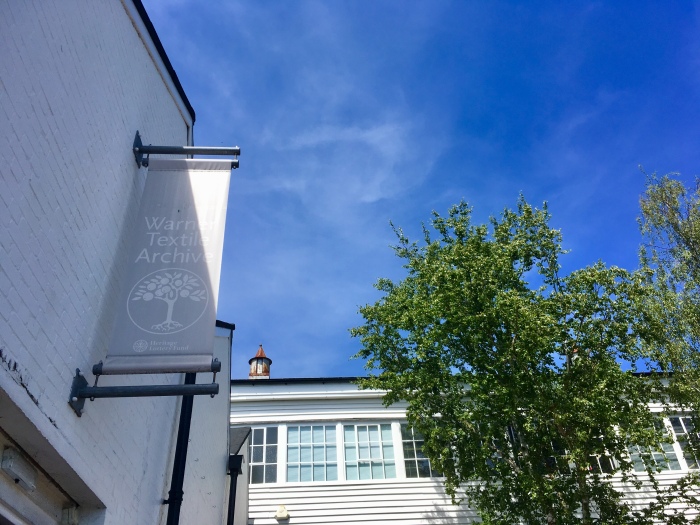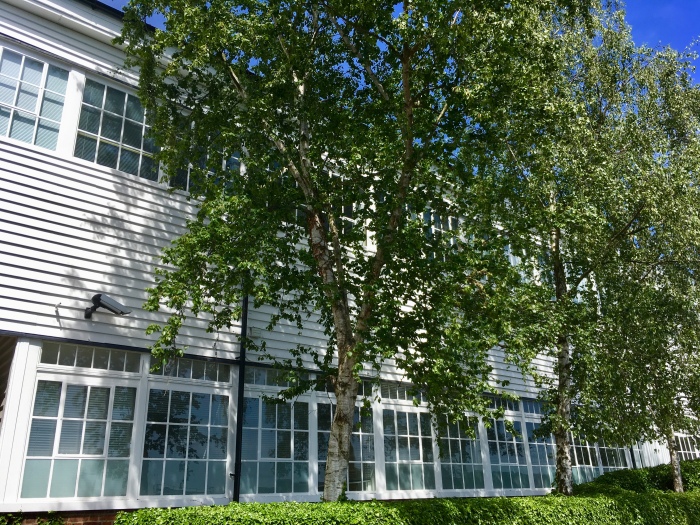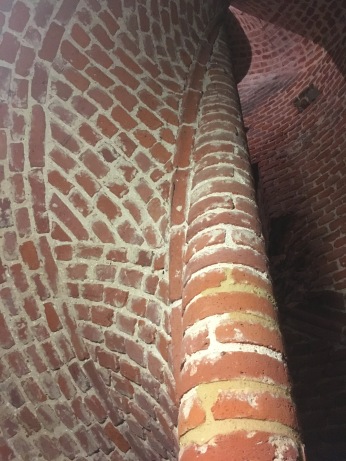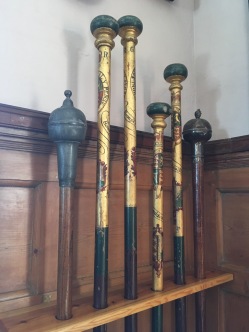How many Essex attractions can you truly say have something for all the family? At the Museum of Power, there’s something for everyone: kids, granny – even the dog. This impressive museum is housed in what was once the Southend Waterworks Company’s pumping station. But it’s not in Southend; you’ll find it in the village of Langford, near Maldon and just a ten minute drive from the A12.
Southend Waterworks Company had been founded in 1871. It supplied water to those living between the Crouch and the Thames, pumping water from local wells. But the growing demand was rapidly becoming difficult to satisfy and to enable capacity to increase, an act of Parliament was granted which permitted the company to use water from three local rivers: the Blackwater, Chelmer and Ter. Langford, though some distance from Southend itself, was chosen because of its proximity to the three rivers and its terrain, which lent itself to the process.
At the time the pumping station opened in 1929, it had a daily capacity of around 8.5 million gallons. But times change, and if the same station supplied Southend today, it would need to increase that figure to 132 million gallons. Water was filtered at the plant and sent back out again. In those days, there were a trio of steam-driven engines, the third added in 1931. But the pumping station eventually came to the end of its working life in 1963. For the last two decades, it has been a museum.
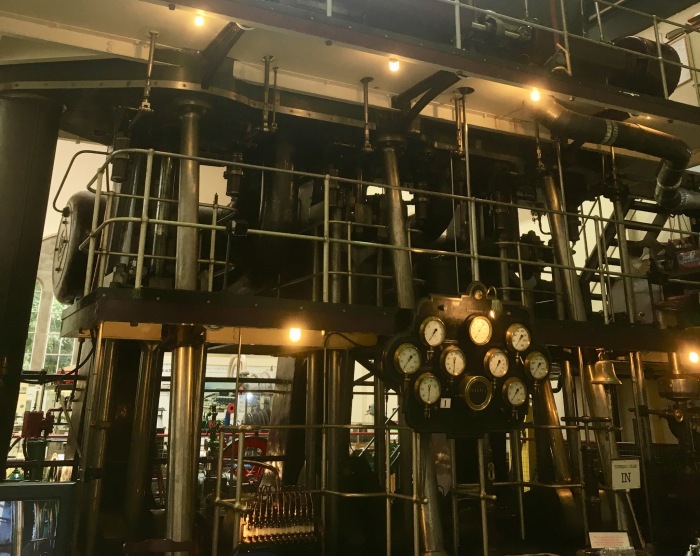
Named Marshall, the third engine is today the museum’s most magnificent exhibit, taking centre stage in the main hall. It was a labour of love to restore it to its former glory, taking a dedicated team of volunteers around six years to complete the job. You can read more about this impressive engine here. Outside, among the vegetation as if they’re specimen plants, you’ll find more engines. They might not have Marshall’s stature, but they’re fascinating nevertheless.
As the daughter of a tool designer and engineer, I was particularly interested in the Edwardian workshop with its collection of belt-driven machines. Many of them had been rescued from the scrap heap in the 1980s and date from the mid 19th century to the late 1920s. You’ll find all sorts of other engines in the hall, which would have originally been inside trains, planes and even a World War Two tank. Steam-driven machinery operates each day, with as much rotation as possible so that the engines are kept in good working order.
If you’re keen to see full steam days, the museum lays on about ten each year. The most popular event of the year is an American classic car show. This year, cars will drive through Maldon High Street on Saturday 1st September and the Museum of Power hosts the show itself on Sunday 2nd. The following weekend, entrance to the museum is free for its heritage weekend, and as with all special events, Marshall will be puffing away.
For something completely different, the Steampunk Essextraordinaire takes place on 16th September. If you’ve ever wondered what steampunk is, or want to try tea-duelling, then you should definitely check this one out. On many of the event days, you can take a short ride on the narrow gauge steam railway which loops the site and there’s even a model village too. The full programme of events can be found here.
It costs about £400 for the oil to run the machines for these special events, which is why you won’t find everything up and running every day of the week. But the museum’s worth a visit regardless. There are plenty of kids’ activities throughout the summer, though book ahead to avoid disappointment. The museum has its own tea room in what was until 2011 the machine shop. There’s plenty of seating both indoors and out, and there’s even a small space where dogs are welcome indoors, so you don’t need to leave your furry friend at home if rain threatens.
For opening times, admission costs and lots more information about the Museum of Power, please visit:
http://www.museumofpower.org.uk/
I’d like to thank the museum for the complimentary admission I received. All views expressed in this post are my own.











